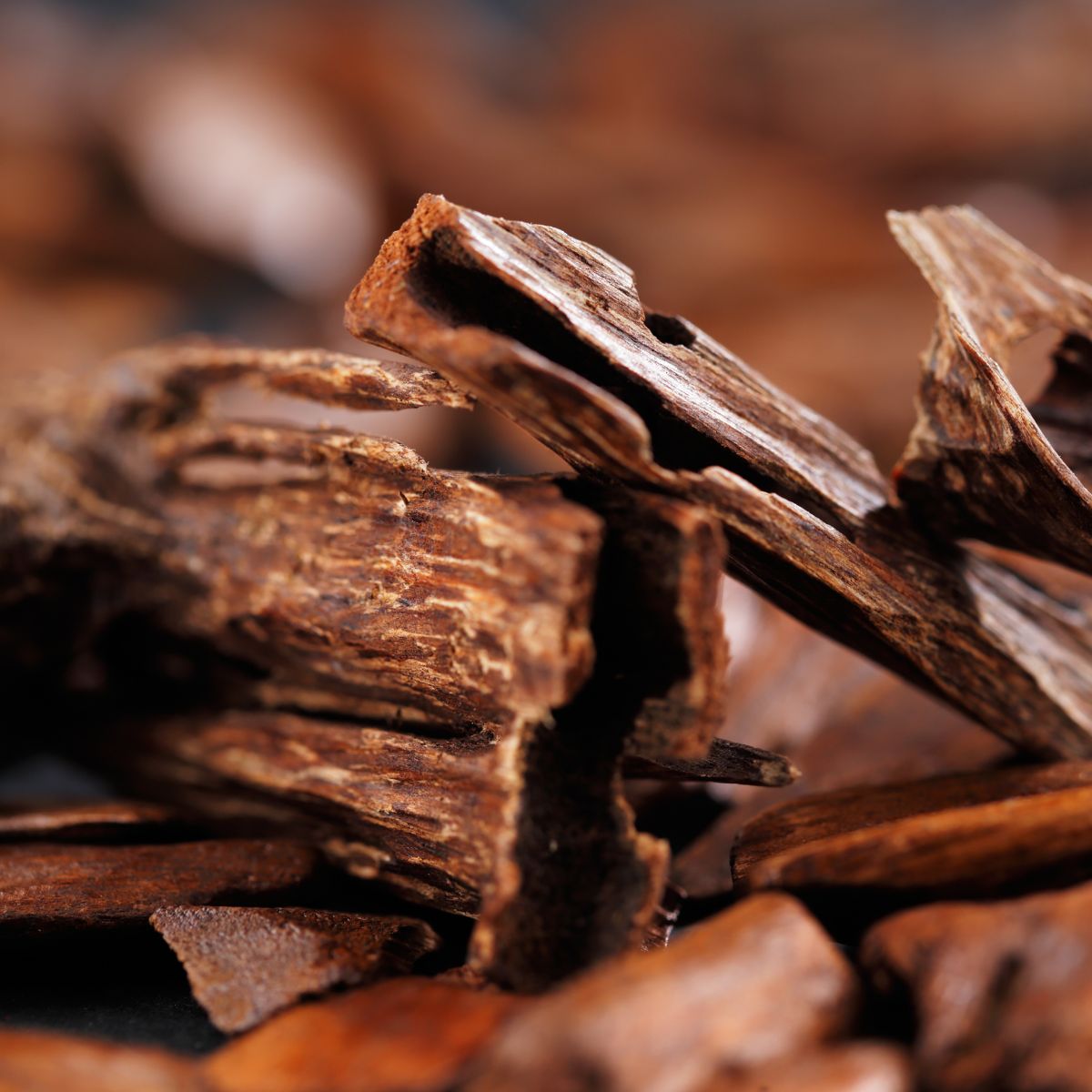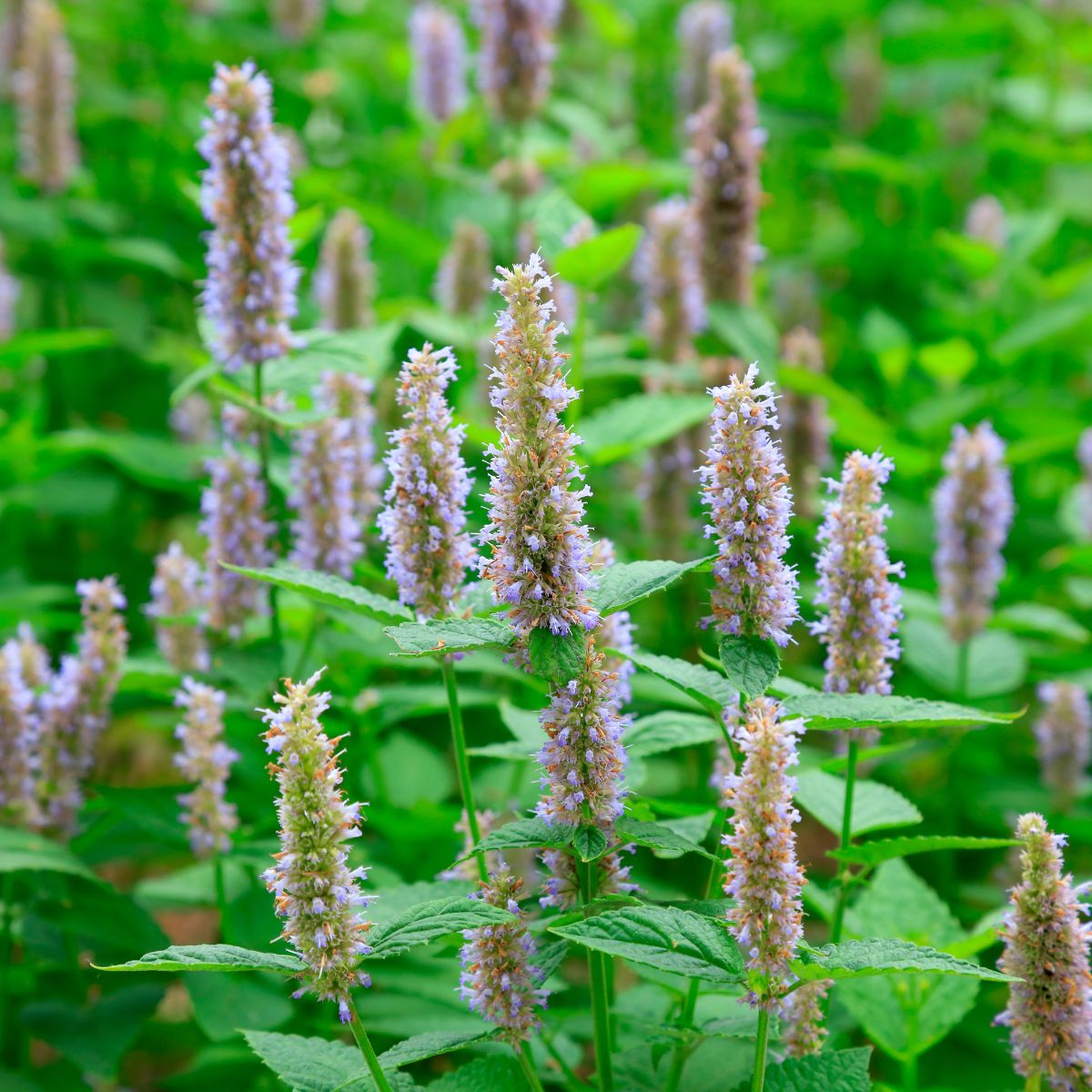
Oud: The liquid gold of perfumery
Oud, also known as agarwood, is one of the most coveted and precious natural raw materials in the world of fragrance. Extracted from the resin of the Aquilaria tree, which develops as a result of a fungal infection, oud has a complex, profound scent that is highly prized in perfumery. In this article, we delve into the history, extraction, and incomparable aura of this extraordinary fragrance.
The origins of Oud
Oud has its roots deep in the forests of Southeast Asia, the Middle East, and South Asia. The use of oud dates back thousands of years, particularly in cultural and religious practices of the Middle East and South Asia. In these regions, oud is traditionally used to perfume mosques and palaces and plays a central role in hospitality and personal care.
The extraction process
The extraction of oud is a laborious and time-consuming process, which further increases the value of this material. Only Aquilaria trees infected by a specific fungus produce the precious resin. The tree responds to the infection by producing a dark, aromatic resin to combat the spread of the fungus. This resin permeates the wood and imparts the characteristic fragrance notes that make oud so sought after. The process can take several years, and not every tree develops the valuable resin, making oud extremely rare.
Fragrance profile and use
Oud is known for its rich, balsamic fragrance profile, often described as woody, smoky, and slightly animalic. It is a popular ingredient in luxury perfumes and is frequently combined with other noble ingredients such as rose, sandalwood, and spices. The depth and intensity of oud makes it an ideal base note, increasing the longevity and complexity of a perfume.
Cultural significance
In many cultures, oud is valued not only for its fragrance but also for its supposed spiritual properties. In the Arab world, oud is believed to have the ability to purify negative energies and promote meditation. It is also used in therapeutic practices to calm the mind and body.
Sustainability and challenges
The high demand for oud has led to overharvesting and illegal logging, endangering the Aquilaria trees. In response, some countries have launched cultivation initiatives to promote sustainable oud production. These efforts involve artificially infecting trees under controlled conditions to stimulate natural resin production without endangering wild populations.
Oud remains a symbol of luxury and exclusivity in the world of fragrance. Its unique blend of cultural significance, challenging extraction, and deep, seductive scent makes it a true treasure in perfumery and beyond.





